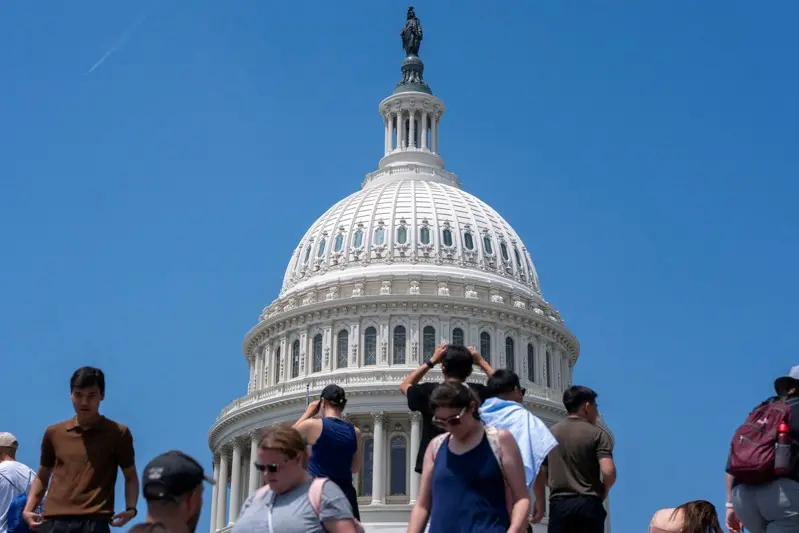The Big and Beautiful Bill passed the Senate 51:49 procedural vote and will be sent to Trump for signature before National Day

The top Republicans in the Senate worked hard all night on the 28th, and finally passed the procedural vote with a vote of 51:49, which opened the way for President Trump’s spending bill to cut taxes, reduce spending, and increase the funds for deporting immigrants to pass, and it can be handed over to Trump for signature before the July 4th National Day deadline.
The Associated Press reported that the Senate also held a meeting late on the 28th, and Vice President Vance was present to cast a vote to break the deadlock in case the votes for and against were tied. As the vote became deadlocked, the stubborn senators huddled together for negotiations, which dragged on for several hours, and the Senate was tense many times; in the end, two Republicans who opposed the bill joined forces with all Democrats to promote debate.
If the bill is to pass, there is still a long work to do this weekend.
The Republicans originally planned to hold a preliminary procedural vote in the afternoon of the 28th, followed by a 20-hour debate and a series of unlimited amendment votes, namely “vote-a-rama”.
New version wins more support from opponents
The Wall Street Journal (WSJ) reported that the Senate Republicans’ updated version of the “Big, Beautiful Act” attempted to win more support from opponents through a series of policy changes.
The new version provides more favorable state and local tax (SALT) deductions than the previous version, which will be valid until 2029, so that states have time to lower the upper limit of “provider taxes”. These taxes will be used to increase state Medicaid funds and attract federal matching funds.
Many provisions of the revised “Big, Beautiful Act” also move closer to conservatives. It has accelerated the reduction of tax credits for electric vehicles, solar energy, wind energy, etc. than the original version, and at the same time imposed a new consumption tax on some foreign parts used in renewable energy projects, which is like a big blow to companies that originally hoped that Republicans would take more measures to protect electric vehicles and green energy.
Overall, the content of the bill remains unchanged, from the permanent extension of tax cuts, new tax cuts, border and military spending, and the reduction of Medicaid budgets and food stamps, all of which are the focus of the Trump administration.
Senate Majority Leader John Thune was not sure whether the revised version would pass smoothly, and the White House also sent letters to each senator to seek their support.
It turned out that after Rand Paul (Kentucky) and Ron Johnson (Wisconsin) expressed their opposition to the “big bill”, Thom Tillis (North Carolina) also announced that he would vote against it because he was dissatisfied with the drastic cuts to the federal Medicaid (commonly known as white card) budget.
Since the Republican Party has only a slight advantage of 53 seats to 47 seats in the federal Senate, only three people can vote against it. In the end, it depends on Vice President Vance to cast a key vote to allow the bill to pass successfully, so that other Republicans such as Collins (Susan Collins, Maine), who were originally undecided, have more chips to demand a revised version.
Xiong En originally planned that the 940-page “Big, Beautiful Act” could be passed by the Senate in a timely manner, then sent to the House of Representatives for a vote, and then sent to the White House for Trump’s signature and implementation before the July 4 deadline required by President Trump.
On the other hand, even if the Senate passes and sends it to the House for reconsideration, it may not go smoothly. California Republican Congressman David Valadao pointed out that his opposition to the Senate version’s expansion of Medicaid budget cuts shows that some Republicans still disagree with the key provisions of the “Big, Beautiful Act.”





